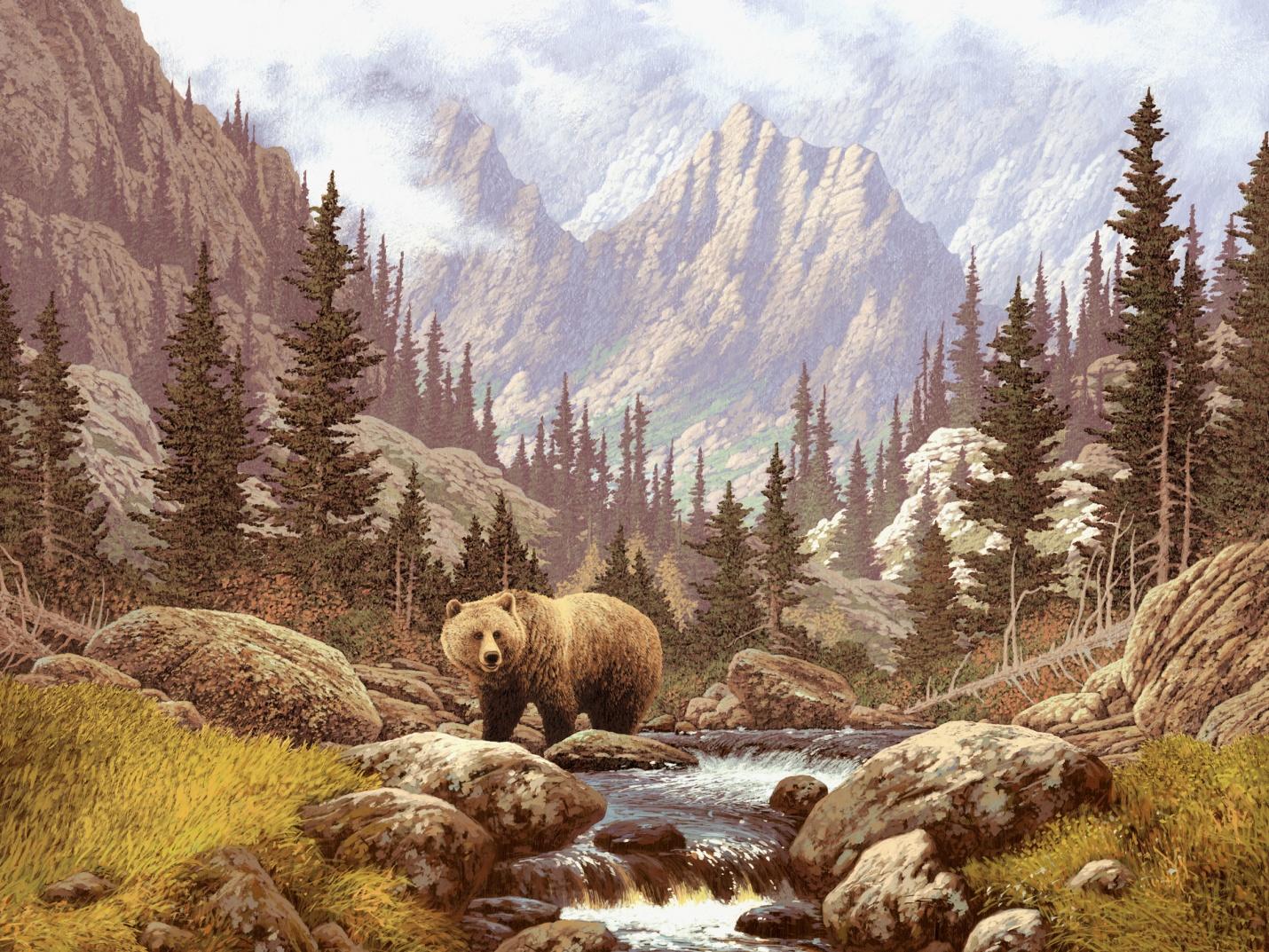In a standard perspective, the landscape does not only appear as sceneries characterised by a historical land-forming process such as faulting and volcanic activities among others but also the uniquely featured environmental topography and structures organised in an attractive and appealing stature. Primarily, people have such an impressive relation to the landscape as depicted by Georgia O’Keefe, who painted the structures as hobbies and without any specific attention or goal. These paintings present and show people about the existence of such places that can be used as recreational sites, leisure sceneries, suitable building sites, availability and presence of water, the establishment of such reliable infrastructures as roads, and conservation of natural habitats for scientific studies and wildlife protection among others. Furthermore, contemporary visual arts created a notion of how places were to the people who had not visited them as well as keeping memory to the others. Landscapes had some of the distinctive features that could help people to figure out the physical appearance of places and create the notion of preference. In a bid to understand the roles of visual arts, this discussion evaluates the viewer’s perspective in regard to the beautiful work of arts, especially in relation to the national identity, and memory, among others.
Significance
While appreciating the availability of these pertinent human and nature relationships, it is imperative to point out how people have been affected by the essence of nature. The place that a person may decide to reside follows a significant evaluation of such factors as location and surrounding seen from paintings that motivate preferences from a person’s subconscious mind. For instance, a person may value living on the shores to enjoy the breezes and diverse life-forms available as motivated by figure 1. In a similar way, another individual might live inland and far from beaches where hills, mountains, and supply of unpolluted water from the uplands are apparent as in figure 2.


The people in these two examples do not necessarily have challenges based on income, distance and time. The third level might incorporate people with strict working responsibilities, where the workplace is fixed at one location. This implies that an individual must report at the workplace. Therefore, they have a few varieties of choices since they are restricted by the job. Essentially, home defines the behaviour, characteristics, culture, ascent, and personality on an individual1. For instance, there is a notion that black people are from Africa, which is not true entirely. Another outstanding factor segmenting people along landscapes and boundaries is the accent. Even though it cannot be elaborated practically here, the accent of an English-speaking Russian is distinct from that of an American. This attribute shows how humans are associated with their origins or places. It also shows that each role played by the landscapes is vital within the ecosystem.
Contemporarily, exotic places act as centres for economic development and national administration. They are the distribution centres for devolved strategies to improve such aspects as environmental conservation and implementation of sustainable development programs. In this sense, the beauty of a town or a city is beautiful for acting as a business district with massive resources and human workforce consolidated within a small zone to ensure that people are concentrated to the areas where they work, which encourages the implementation of many conservation plans. For instance, the United States of America implemented a conservation process where lands are allocated to large scale farmers with great capabilities. A large portion of the nation is entitled to sufficient conservation care and proper maintenance by people taking responsibilities in cases of mismanagement. In conjunctions to pollution control agencies, most nations have partitioned landscapes to set aside areas for industrial operations2.
Notions of the Sublime and Pictures
In order to perceive the greatness of landscapes, the following list has some arguments and features of Dartmoor landscapes in Britain.
- An assessment of the environmental cycles and pollen activities shows the activity of farming and a long enclosure period. It dictates that the changes in the landscape began within the Neolithic period leading to insignificant modifications when the Bronze Age was starting. Through the Iron Age and Bronze Age, the coprophilous fungi reduced significantly implying that there was less stress attributed to livestock keeping. This state has remained intact until the year 2014.
- There are various unique archaeological features associated with Dartmoor landscapes, which include farming during the Bronze Age. A recent archaeological discovery about the Whitehorse Hill burial with radiocarbon dating back to 1900-1500BC was determined through the support of archaeologist and funding from the national park as well as cooperation on the land community owning this land.
The Dartmoor’s National Park is being directed by an Authority that secures the sites and operates the business and other activities. These activities are featured by the hotels, camping sites, archaeological attraction spots, water catchment, and historic preservations3. The area has some farming activities, especially in regard to sheep and cattle rearing. Furthermore, the location operates as a zone of shooting for military recruits within the region. The most common geographical feature of the landscape is the granite plateau that covers more than sixty-five per cent of the park’s area.
Bibliography
“The Evolution of the Dartmoor Landscape.” Dartmoor landscape. Web.
Taylor, William. The vital landscape: nature and the built environment in nineteenth-century Britain. Aldershot: Ashgate, 2004.
Woinarski, John. The nature of Northern Australia it’s natural values, ecological processes and future prospects. Canberra: ANU E Press, 2007.
Footnotes
- William Taylor, The vital landscape: nature and the built environment in nineteenth-century Britain (Aldershot, Hants, England: Ashgate, 2004), 143.
- John Woinarski, The nature of Northern Australia it’s natural values, ecological processes and future prospects (Canberra: ANU E Press, 2007), 98
- “The Evolution of the Dartmoor Landscape,” Dartmoor landscape, Web.